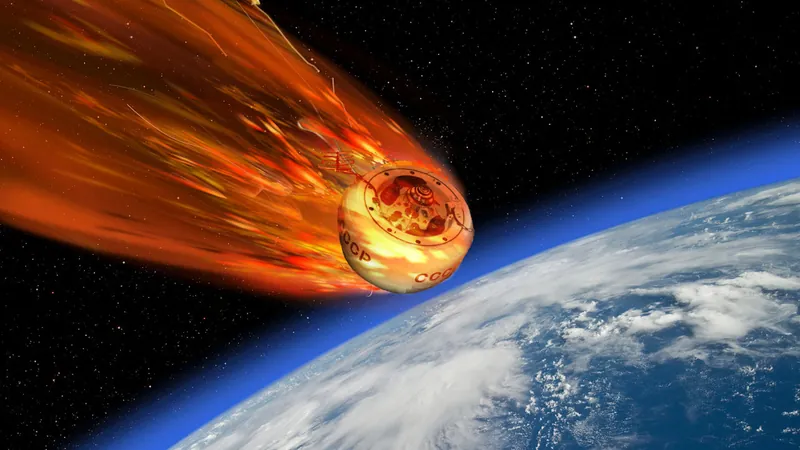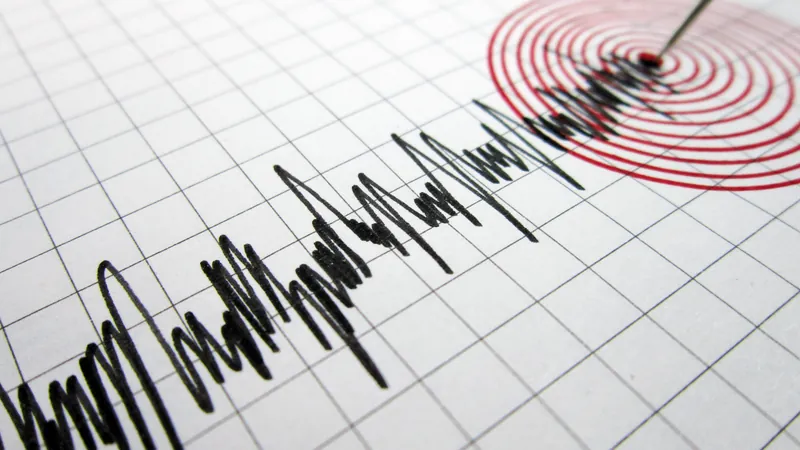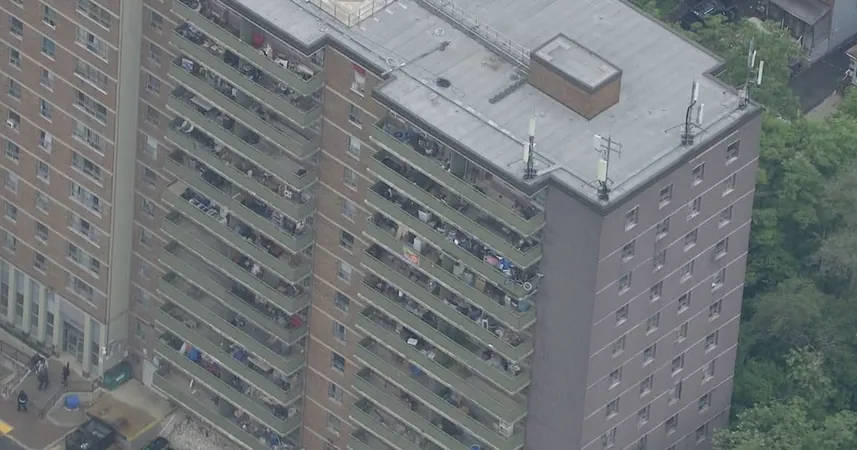
Soviet Venus Probe Set to Crash: Where Will It Land?
2025-05-07
Author: Jacques
Ancient Spacecraft Returning to Earth!
In a thrilling twist of fate, a piece of Soviet technology designed to withstand the fiery embrace of Venus is barreling back towards Earth, and no one knows where it will touch down!
A Brief History of Kosmos 482
Back in 1972, the Soviet Union launched two space missions aimed at Venus. Among them was Venera 8, which successfully landed and shared groundbreaking data about the harsh conditions on our neighboring planet. The other spacecraft, originally meant to be Venera 9, faced trouble in space and was renamed Kosmos 482, ultimately doomed to a long, elliptical orbit around Earth.
The initial descent of Kosmos 482 began shortly after launch, when several titanium spheres fell into a field in New Zealand. Fast forward over 53 years later, and one of the remaining pieces is poised to re-enter our atmosphere this week.
Why This is Different
Unlike typical spacecraft that burn up upon reentry, Kosmos 482 was specially built to endure the hellish conditions of Venus, where temperatures soar to around 500 degrees Celsius and air pressure is 90 times heavier than on Earth.
When Will it Fall?
According to space expert Marco Langbroek, the predicted reentry is set for 7:51 UTC on Saturday, May 10. However, with so many variables in play—and considering factors like space weather—it could happen at any moment from May 9 through May 11.
"Considering its design to survive a Venusian descent, there's a chance it could crash to Earth intact," Langbroek noted. However, he also pointed out that given the age of the probe, the chances aren't certain.
Potential for a Fiery Show!
When the Kosmos 482 lander descends, it could produce a stunning spectacle in the sky. Langbroek estimates it will hit the ground at a speed of around 240 km/h, potentially prompting localized damage upon impact.
Where Will it Land?
The big question remains: Where will it land? Its projected path spans from 52 degrees North to 52 degrees South latitude—an area that stretches from Canada to the southern tip of South America. With more water than land in this region, there’s a good possibility it could make a splashdown in the ocean, but land impact is still a real risk.
Stay Tuned!
As the reentry date draws closer, we’ll keep our eyes peeled for updates to narrow down the potential crash site. Don't miss the fiery fall of this ancient emissary from the cosmos!









 Brasil (PT)
Brasil (PT)
 Canada (EN)
Canada (EN)
 Chile (ES)
Chile (ES)
 Česko (CS)
Česko (CS)
 대한민국 (KO)
대한민국 (KO)
 España (ES)
España (ES)
 France (FR)
France (FR)
 Hong Kong (EN)
Hong Kong (EN)
 Italia (IT)
Italia (IT)
 日本 (JA)
日本 (JA)
 Magyarország (HU)
Magyarország (HU)
 Norge (NO)
Norge (NO)
 Polska (PL)
Polska (PL)
 Schweiz (DE)
Schweiz (DE)
 Singapore (EN)
Singapore (EN)
 Sverige (SV)
Sverige (SV)
 Suomi (FI)
Suomi (FI)
 Türkiye (TR)
Türkiye (TR)
 الإمارات العربية المتحدة (AR)
الإمارات العربية المتحدة (AR)